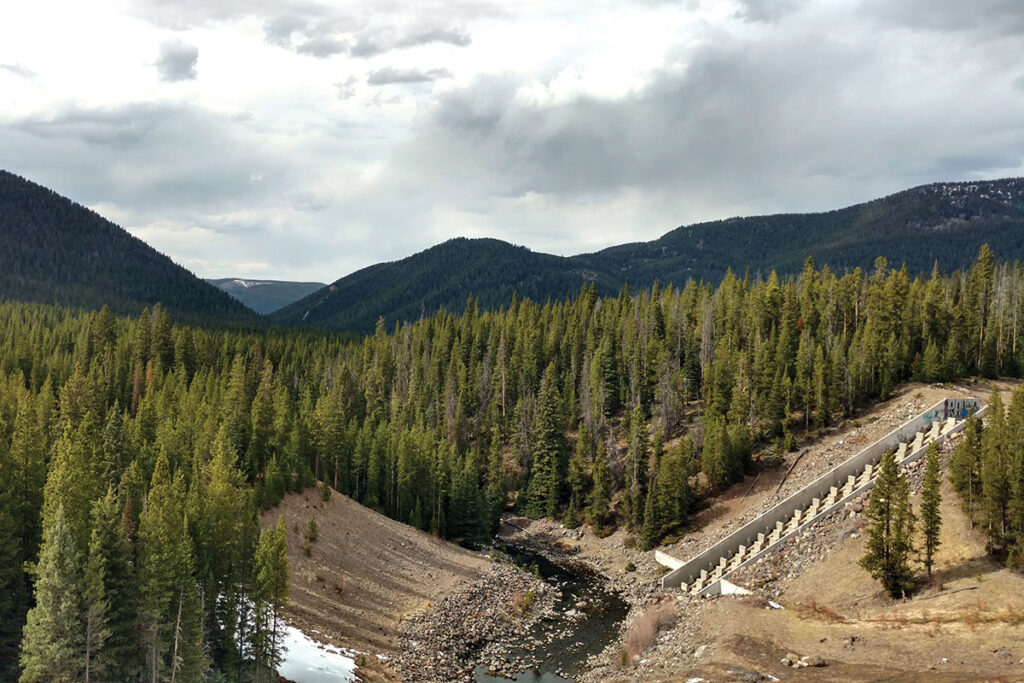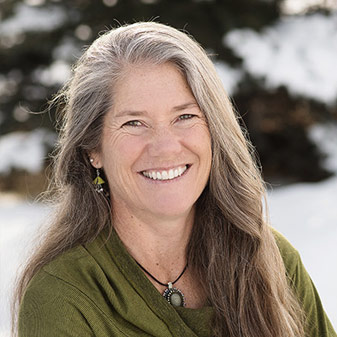This article was originally published in the Bozeman Daily Chronicle.
After more than 15 years of delay, the Bozeman Municipal Watershed Project will finally move forward this spring—a victory for the U.S. Forest Service, wildfire resilience, and above all, the people of Bozeman. The project, originally proposed in 2005, has been repeatedly challenged in court by a few litigious environmental groups, despite support from the U.S. Forest Service and City of Bozeman.
Although in many cases challengers sought to make the project better, their legal appeals have extended Bozeman’s exposure to wildfire risk, laying bare a tragic trade-off in national forest management: Litigation has the potential to improve forest projects, but it can also delay them for years, in the meantime imperiling communities that face high wildfire risk from adjacent public lands. In light of this risk, the litigation process ought to be streamlined, preserving its valuable function while moving urgent projects forward.
The BMWP was born out of three separate risk assessments—by the Forest Service, Bozeman Creek Watershed Council, and City of Bozeman—that reached the same conclusion: If left untreated, the Bozeman and Hyalite Creek drainages that supply 80 percent of Bozeman’s water are at high risk of severe wildfire. If the area burns, ash and sediment will flow to the city’s water treatment plant, possibly knocking it offline along with most of Bozeman’s clean water supply.
Since the at-risk drainages are within the Custer Gallatin National Forest, the Forest Service responded by designing the BMWP, a forest restoration project that combines selective thinning, controlled burns, and other management techniques to reduce fire risk. But ever since, it’s been unable to break ground, in large part due to litigation from environmental groups.
These repeated legal challenges have ultimately deepened the project’s environmental analysis and assuaged concerns about the project’s impacts, particularly on endangered species. In 2019, for instance, the Fish and Wildlife Service found that the project would have no significant impact on the Canada lynx—the result of consultation prompted by a previous lawsuit.
But litigation has at least three serious downsides. First, it’s slow. And for a city like Bozeman, delays carry a potentially enormous cost. As appeals have played out, Bozeman has continued to face real risk from wildfire, illuminating the need for quicker processes to resolve conflict and develop collaborative forest management solutions.
Litigation also costs the Forest Service, taking time and dollars away from forest management. In a day and age when wildfires consume an ever-larger portion of the agency’s budget, dollars that remain would be most wisely spent getting ahead of wildfire risk rather than defending projects that aim to do so.
Last, the added delays and uncertainty caused by litigation can hold back partners, like the City of Bozeman, who want to invest in wildfire resilience but who need to know what the Forest Service will do in order to plan complementary work.
In a recent report by PERC, Fix America’s Forests, we suggest multiple ways Congress can help the Forest Service avoid long delays without sacrificing litigation’s important role. A good place to start would be to clarify how courts should decide whether to block forest restoration projects while deficiencies revealed by litigation are fixed.
Currently, when a court finds that a project’s environmental analysis is insufficient in some way, it has to decide whether to block the project or to allow it to proceed while the agency performs additional study. Congress could clarify how courts should weigh the risk of delay versus its potential benefits when making this decision. Congress could also require that challenges to forest restoration projects be filed quickly after those projects are approved, giving the Forest Service and partners early notice of whether litigation will affect a particular project.
As forest treatments begin south of Bozeman, we can be grateful that our water supply is finally getting the attention it deserves and that we’ve been lucky enough to get away with years of waiting. But Bozeman is far from the only city facing wildfire risk on adjacent public land. The Forest Service has identified more than 80 million acres of national forestland in need of restoration and at least 63 million acres at risk of uncharacteristically severe wildfire. If the delays stemming from litigation can be reduced, the Forest Service can more easily do its job, stewarding resources we all use and enjoy.





